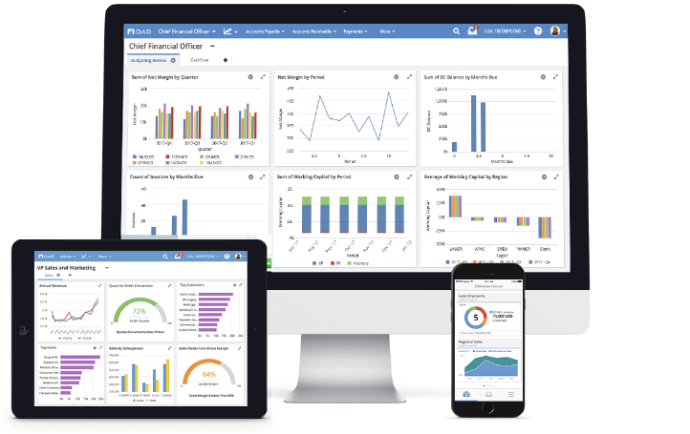In an age where technology evolves at an unprecedented pace, businesses are constantly looking for ways to streamline operations and enhance efficiency. One of the most groundbreaking advancements in this regard is the integration of digital twins with enterprise resource planning (ERP) systems. This combination not only optimizes business processes but also has profound implications for daily activities across various organizational roles.
Understanding Digital Twins and ERP Systems
Digital Twins are virtual replicas of physical processes, systems, or products. These models simulate the real world in a digital space, allowing for analysis, system testing, and process optimization without the physical risks or costs associated. ERP systems, on the other hand, are software platforms that help organizations manage and integrate the crucial parts of their businesses. An ERP system can include modules for finance, HR, manufacturing, supply chain, services, procurement, and more.

Transformative Impacts on Day-to-Day Activities
1. Enhanced Decision-Making
The integration of digital twins with ERP systems offers real-time data analysis and simulation-based testing of business scenarios. For managers and decision-makers, this means access to enhanced forecasting tools and diagnostics. For example, a digital twin of a manufacturing process could predict outcomes under different scenarios directly influencing strategic decisions in procurement, production schedules, and inventory management.
2. Improved Operational Efficiency
For operations managers, the synergy between digital twins and ERP systems can significantly streamline processes. Real-time data provided by digital twins enables precise tracking of equipment performance and maintenance needs. This integration allows for proactive management of the lifecycle of machinery and other assets, reducing downtime and increasing productivity.
3. Advanced Risk Management
Risk management becomes more predictive with digital twins. By simulating different risk scenarios, companies can foresee potential failures and mitigate them before they affect the business. This proactive approach can drastically reduce financial losses and enhance safety in the workplace, particularly in industries like manufacturing and construction.
4. Better Customer Experience
Sales and customer service departments can leverage these integrated systems to provide exceptional service. With access to the digital twin data, sales representatives can provide customers with detailed and accurate information about the products, including performance metrics and maintenance support, which can help in tailoring products to customer needs more effectively.
5. Streamlined Supply Chain and Logistics
Supply chain managers benefit from the predictive analytics capabilities of digital twins integrated with ERP systems. This can lead to more accurate demand forecasting, inventory management, and delivery scheduling, thereby reducing waste and inefficiencies throughout the supply chain.
6. Sustainability and Compliance
Digital twins help organizations monitor and optimize energy use and emissions in their operations, aligning with increasingly stringent environmental regulations. By integrating this data with ERP systems, companies can not only ensure compliance but also advance their sustainability goals through better resource management.
Practical Examples and Industry Applications
- Manufacturing: In automotive manufacturing, integrating digital twins with ERP systems can simulate assembly line configurations for optimal throughput.
- Healthcare: Hospitals can use digital twins to model patient flow through departments, integrating this with ERP systems that manage staffing and medical inventory for maximum efficiency.
- Retail: Big-box retailers can simulate store layouts in a digital twin, integrating sales data to optimize product placement and inventory management.
Conclusion
The integration of digital twins with ERP systems is not just a technological upgrade but a transformational tool that can redefine how daily activities are conducted across various business sectors. By bridging the gap between the physical and digital realms, organizations can not only anticipate the needs of their markets more accurately but also respond to them more effectively. As we look to the future, this integration represents a key strategy in the pursuit of digital transformation and operational excellence, making it a crucial consideration for any forward-thinking business leader.
Embracing the Future: How Integrating Digital Twins with ERP Systems Can Transform Day-to-Day Activities